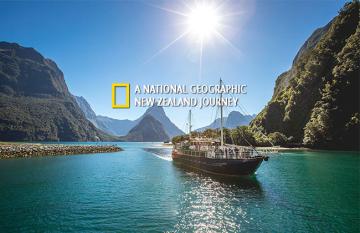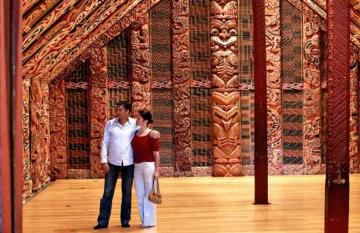
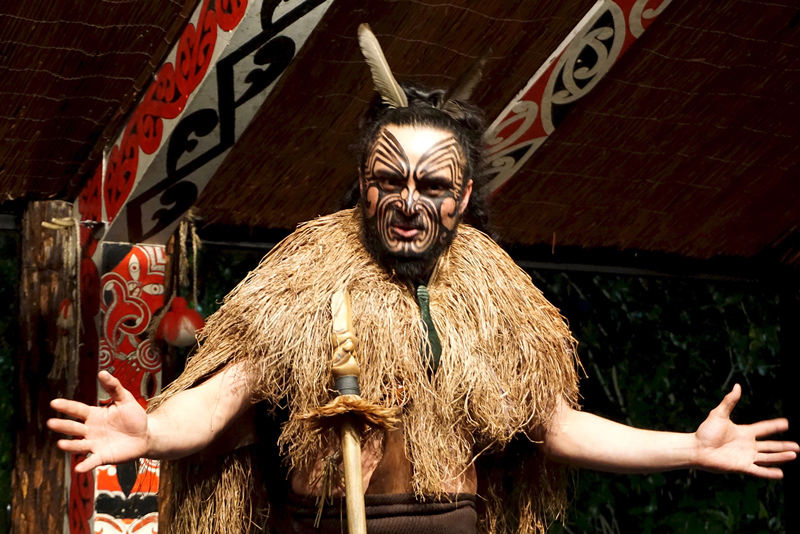
Last week we took our 2 and 4-year-old girls to see the Tamaki Māori Village Experience in Rotorua.
The experience from our perspective was a good one. Once home, like a good little tourist, I logged onto Trip Advisor to air my thoughts and contribute to the so called "reviews you can trust" I came across a review that at first glance looked deliberately malicious (a false review) but on further inspection it became apparent that the reviewer had little or no understanding of contemporary Maori or held a totally unrealistic expectation to what he was letting himself in for.
To guide your decision to whether this popular cultural experience is right for you or not, it is important to know what exactly Tamaki is, and what it is not. 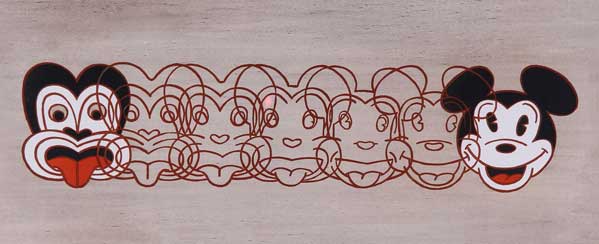
Find your own Maori cultural experience on a self drive cultural tour.
First some facts ....
Contemporary Māori don’t run around in grass skirts and live in forests, they are in-fact represented in all aspects of our society from politicians, university lecturers, doctors, lawyers, all the way down to travel agents.
Yes, there is still some friction between Māori and Pākehā (non-Māori), a hangover from the European colonization that did resulted in land confiscations amongst other things.
Fortunately the last 30 years has seen progress with righting some of the wrongs through the Watangi Tribunal, set up to address a range of grievances the Maori have against the crown. (The New Zealand government)
A couple of items that need further explanation..
The performers Moko (Tattoo) was represented by make up, not the real deal?
It is very rare to see a traditional moko anymore, I have probably only seen one, perhaps two woman with a traditional moko in my lifetime - I have never seen a man with a traditional moko. Pākehā introduced the ‘Suppression Act’ of 1907 that made it illegal for men or women to wear moko, fortunately women living in remote parts of the North Island continued to receive moko and kept the tradition alive.
The process of moko was as sacred as it was painful. Bone chisels were tapped with a light mallet, so that it cut a groove in the patient's skin, like slowly ploughing a field - the pain must have been excruciating. Coloring was usually from burnt and powdered Kauri gum, or charcoal, mixed with oil or fat. I recently read that after the pakeha came, gunpowder was sometimes used.
Apparently after they healed the lines looked not so much black as dark blue. One of the stations in the Tamaki village shows the equipment that was used. Only distinguished (aristocratic) families, chiefs or tribal leaders possessed these and the right was handed down from father to son, this title is a birthright and cannot be removed from them. A “Sign of Aristocracy” as explorer James Cook noted in 1762. I suppose not unlike a coat of arms.
The Māori Village Experience was not original?
We can arrange for history buffs to visit ancient pa site’s (fortified village’s) they are scattered through out New Zealand, but all you are only going to see is an old trench or earth mound covered in grass representing what once was a historically site. This is not going to give you insight into how they lived or their art and tikanga (culture). I was impressed with the Māori Village Experience; it was built within the parameters of an old ‘Pa’ site, set within a stand of Beech trees. It was obvious that a lot of time and effort had gone in to its reconstruction - I would say it is the best representation I have seen. But more importantly the Tamaki performers charged with illuminating this history, were knowledgeable and keen to engage. My girls were enthralled with the stick game’s being taught at one of the whare (house). Each whare in the village offers a particular insight into the village way of life and those that are interested can learn a lot if you take the time to engage. We certainly found this side of the experience interesting - a unique glimpse at the past and certainly not tacky. 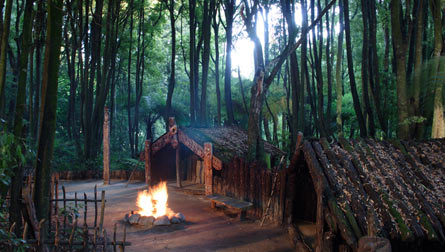
They used an acoustic guitar at the traditional concert?
The Māori have always had a strong tradition of performing arts (kapa haka) dating back to pre-European times where it developed from all traditional forms of Maori pastimes. In a 21st century context Māori musical prowess has influenced the modern New Zealand music scene since early in the twentieth century.
Growing up I can remember enjoying Māori reggae bands like “Herbs” and more recently drum and bass guru’s “Fat Freddy's Drop”. Tiki Taane is the latest of Māori artist to raise a few eyebrows. In my mothers day the crooners of the 60’s were Māori artists Howard Morrison and John Rowles.
The Tamaki performing arts (kapa haka) concert, showcases traditional stick throwing and poi action songs (a dance performed with balls attached to flax strings) along with some foot taping songs from early last century, like the world famous (in New Zealand) Pōkarekare ana - and yes this is played with an acoustic guitar.
This mixture of both traditional and modern gives you a balanced overview and will entertain all ages without putting you to sleep. Cultural? Certainly, and if you were invited onto a Marae (meeting house) today, this is exactly the sort performing arts you will see.
The Food was odd….
Many South Pacific Island Nations cook food in underground ovens. The Māori version is called a Hangi. The traditional hangi is quite an involved process. Firstly, volcanic rocks are heated in a large fire for hours until they are extremely hot. They are then placed at the bottom of a pit or hole in the ground, a layer of earth is placed over the rocks. Wet sacking (presumably made from flax fiber) is placed on the earth. Woven baskets filled with various meats and root vegetables wrapped in leaves are placed on the sacking.
Again wet sacking is placed onto the baskets; finally the hole is filled with earth. The idea is that the heat radiating from the rocks turns moisture into steam that rises through the earth, leaves and food until everything is cooked.
Sounds easy? - Absolutely not! Being a keen Boy Scout in the 70's, I had to, on at least a dozen times, "put down" a hangi. We slightly amended the process using 1 foot length of railway irons instead of volcanic rock. Chicken mesh instead of flax woven baskets and good old heavy-duty hessian sacks instead of the flax fiber matting.
If only ours tasted half as good that of Tamaki's. Many a boy scout went home to mum after a weekends camp starving. - This is a craft, perfected over generations. And what you get is a genuine hangi. You will get to see your food uplifted from the hangi pit whilst the process is explained before going inside to the concert.
The result of this long process is tender, off-the-bone meat and delicious vegetables, all infused with a unique smoky, earthy fragrance. Yes you could be forgiven for saying the flavor is odd, because there is a fair chance you may have never tasted anything like it before, part of the unique experience of being in Aotearoa, Land of the Long White Cloud.
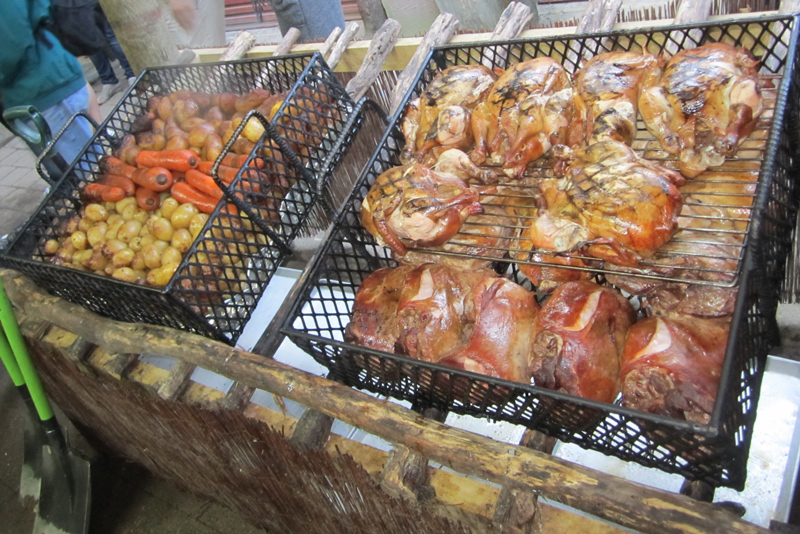
The back story to Mike and Doug Tamaki – The Tamaki Brothers
In 1989 two Maori brothers Mike and Doug Tamaki had been looking everywhere for money to develop a tourism business idea and had been declined a bank loan. Brother Doug (with a little persuasion) sold his Harley Davidson motorcycle and purchase a 16-seater mini bus. The brothers and their families have worked hard to create a Maori culture experience outside of the hotel environment. With ambition, vision, and an eye for detail the brothers won the New Zealand tourism award for culture and heritage on four separate occasions and remains the only indigenous tourism company to win New Zealand’s Supreme Tourism award.
To conclude: There is much more to Maori culture than watching the All Blacks do the haka before a rugby match, Maori are the first peoples of New Zealand, and their culture is fascinating. If you want good value then you cant do much better than this. Set aside an evening for this while you are here on your self-driving NZ experience.
Recent Posts
Blog Categories
Blog archives
- April 2025 (2)
- February 2025 (3)
- January 2025 (6)
- December 2024 (12)
- November 2024 (3)
- October 2024 (2)
- July 2024 (2)
- May 2024 (12)
- April 2024 (2)
- March 2024 (2)
- January 2024 (2)
- November 2023 (10)
- October 2023 (4)
- August 2023 (1)
- May 2023 (2)
- April 2023 (2)
- March 2023 (17)
- February 2023 (4)
- January 2023 (4)
- December 2022 (11)
- November 2022 (7)
- October 2022 (1)
- May 2022 (1)
- March 2022 (3)
- February 2022 (3)
- January 2022 (1)
- December 2021 (1)
- August 2021 (1)
- June 2021 (1)
- May 2021 (2)
- February 2021 (1)
- August 2020 (1)
- July 2020 (1)
- May 2020 (1)
- April 2020 (1)
- March 2020 (1)
- January 2020 (1)
- December 2019 (1)
- November 2019 (1)
- October 2019 (1)
- September 2019 (1)
- August 2019 (5)
- July 2019 (2)
- June 2019 (1)
- May 2019 (3)
- April 2019 (1)
- March 2019 (1)
- February 2019 (1)
- January 2019 (1)
- December 2018 (1)
- November 2018 (1)
- September 2018 (1)
- August 2018 (1)
- July 2018 (1)
- June 2018 (1)
- May 2018 (1)
- April 2018 (1)
- March 2018 (1)
- February 2018 (1)
- January 2018 (1)
- December 2017 (1)
- October 2017 (1)
- September 2017 (1)
- August 2017 (1)
- July 2017 (1)
- June 2017 (1)
- May 2017 (1)
- April 2017 (1)
- March 2017 (1)
- February 2017 (1)
- January 2017 (1)
- December 2016 (1)
- November 2016 (1)
- October 2016 (1)
- September 2016 (1)
- August 2016 (1)
- July 2016 (1)
- June 2016 (1)
- May 2016 (1)
- April 2016 (1)
- March 2016 (1)
- February 2016 (1)
- January 2016 (1)
- December 2015 (1)
- November 2015 (1)
- October 2015 (1)
- September 2015 (1)
- August 2015 (1)
- July 2015 (1)
- June 2015 (1)
- May 2015 (1)
- April 2015 (1)
- March 2015 (1)
- February 2015 (1)
- January 2015 (1)
- December 2014 (1)
- November 2014 (1)
- October 2014 (1)
- September 2014 (1)
- July 2014 (1)
- June 2014 (3)
- May 2014 (1)
- April 2014 (1)
- March 2014 (1)
- February 2014 (1)
- January 2014 (1)
- November 2013 (15)
- October 2013 (1)
- September 2013 (1)
- August 2013 (1)
- July 2013 (1)
- May 2013 (1)
- April 2013 (1)
- March 2013 (1)
- February 2013 (1)
- January 2013 (1)
- December 2012 (1)
- November 2012 (2)
- October 2012 (2)
- September 2012 (2)
- August 2012 (2)
- July 2012 (2)
- June 2012 (2)
- May 2012 (2)
- April 2012 (3)
- March 2012 (2)
- February 2012 (2)
- January 2012 (2)
- December 2011 (2)
- November 2011 (1)
- October 2011 (2)
- September 2011 (1)
- August 2011 (1)
- July 2011 (1)
- June 2011 (1)
- May 2011 (1)
- April 2011 (1)
- March 2011 (1)
- February 2011 (1)
- January 2011 (1)
- December 2010 (1)
- November 2010 (1)
- October 2010 (1)
- September 2010 (1)
- August 2010 (1)
- July 2010 (1)
- June 2010 (1)
- May 2010 (1)
- March 2010 (1)
- February 2010 (1)
- January 2010 (1)
- December 2009 (1)
- November 2009 (1)
- October 2009 (1)
- September 2009 (1)
- August 2009 (1)
- July 2009 (1)
- June 2009 (1)
- May 2009 (1)
- April 2009 (1)
- March 2009 (1)
- February 2009 (1)
- January 2009 (1)
- December 2008 (1)
- May 2005 (1)





